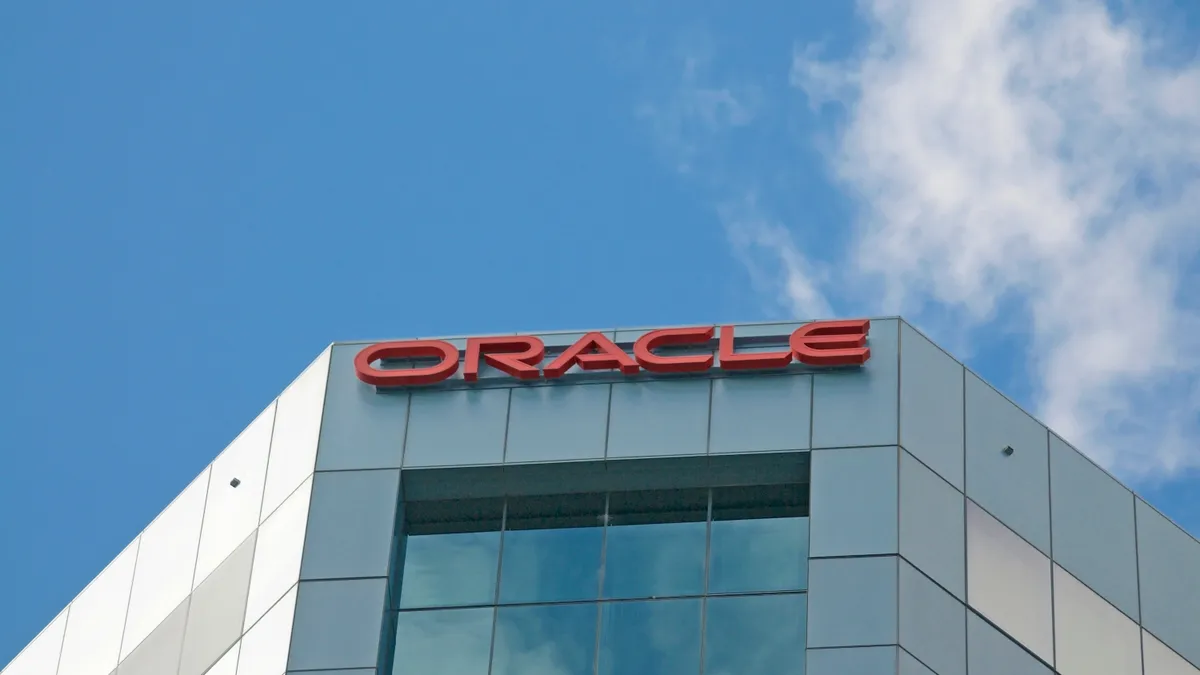Dive Brief:
- Oracle expanded a multicloud alliance with Microsoft, the company said in a Tuesday announcement. The two companies opened Oracle Database@Azure regions in Brazil and Italy and laid out plans for 24 additional regions in 2025.
- Oracle has installed Exadata and related database hardware inside Azure data centers across nine regions globally since 2023. The two providers expanded the integrations Tuesday, adding the Oracle Autonomous Database management solution, Azure Terraform provisioning and security support services and Microsoft Fabric data synchronization tool to the menu of joint capabilities.
- The Microsoft pact is part of a broader web of hyperscaler alliances centered around Oracle’s database solution. Oracle announced deployment of its data services in AWS and Google Cloud infrastructure in September. “We've known all along that most large customers have two, three or even four cloud providers,” Leo Leung, group VP of OCI and Oracle Tech, told CIO Dive.
Dive Insight:
Multicloud partnerships tie into Oracle’s broader cloud expansion strategy.
The company embarked on a massive cloud buildout at the start of the year, pledging to spend $10 billion to grow capacity and extend the global reach of 162 data centers it had live and under construction as of September. Oracle also crossed a major business threshold in February, when cloud surpassed software as its dominant business segment.
The tech provider remains far behind the three largest hyperscalers in terms of revenue and market share. Oracle's 3% share of global cloud spend is dwarfed AWS, Microsoft and Google Cloud, which command shares of 31%, 20% and 13%, respectively, according to Synergy Research Group.
As organizations lean into hybrid multicloud architectures and appetite for hyperscaler services drives unabated growth in a global market expected to surpass $700 billion next year, cross-platform collaborations make sense. A lack of integrations with and between multiple cloud providers are a major headache for IT leaders.
It can take separate teams, security protocols and operational procedures to manage separate cloud environments, Leung said. “It gets very complicated and creates a ton of overhead,” he added.
Vendor buy-in on interoperability solutions has gained gradual momentum as regulators increase scrutiny of potential multicloud barriers.
“I think we reached a point on market maturity where customers were demanding it,” Leung said.
Oracle continues to compete for enterprise cloud workloads against Microsoft and the other hyperscaler partners. But there’s enough of that business to go around, according to Leung.
“Close to 70% of workloads are still on-prem,” Leung said. “It doesn't require competition to get those workloads into the cloud. In fact, cooperation seems to be working so far.”














